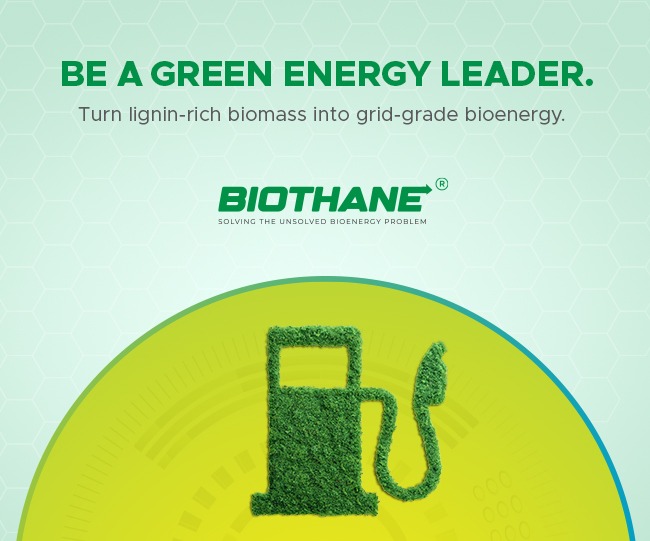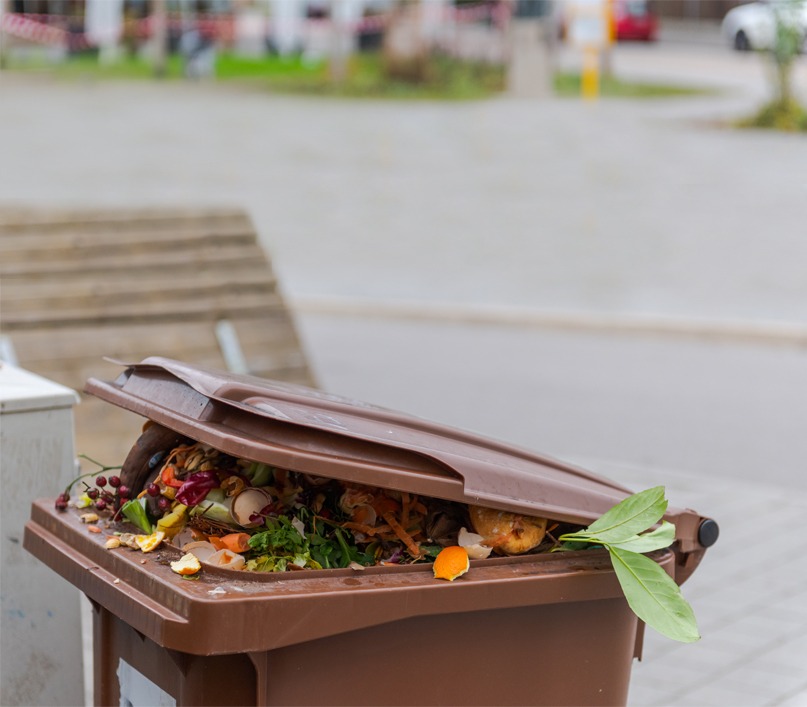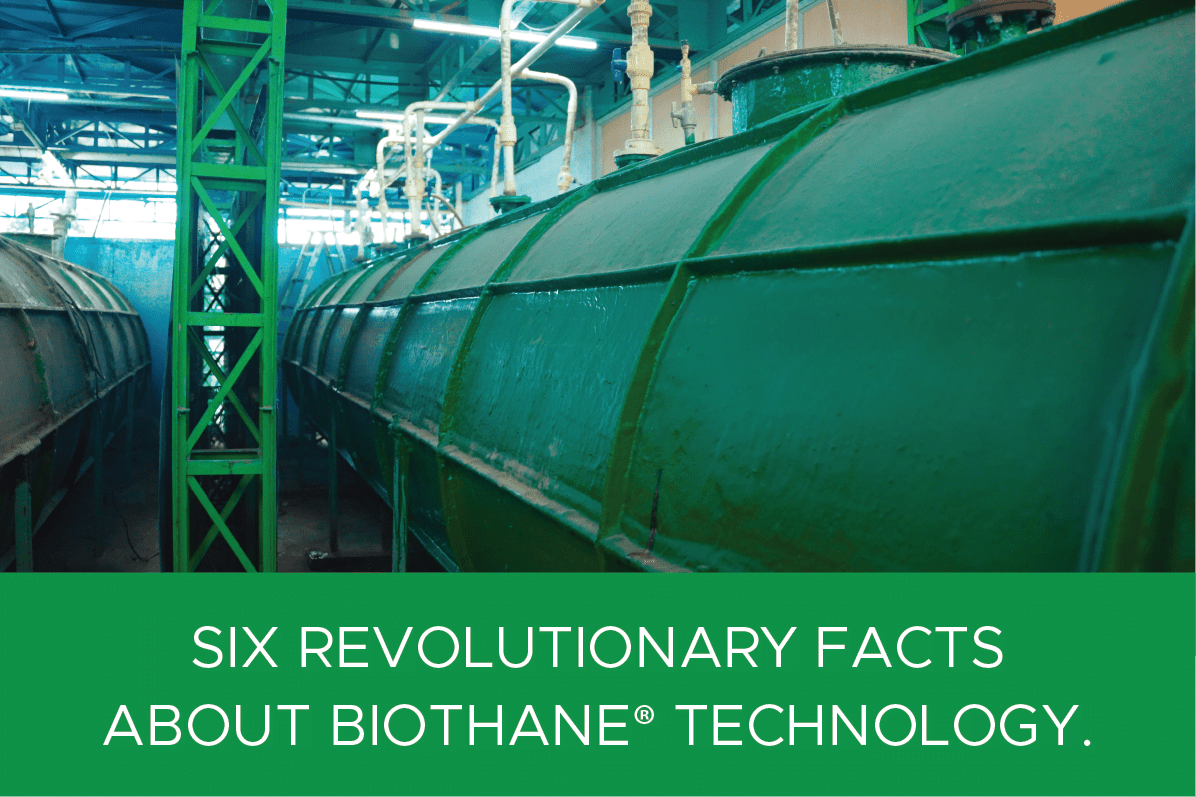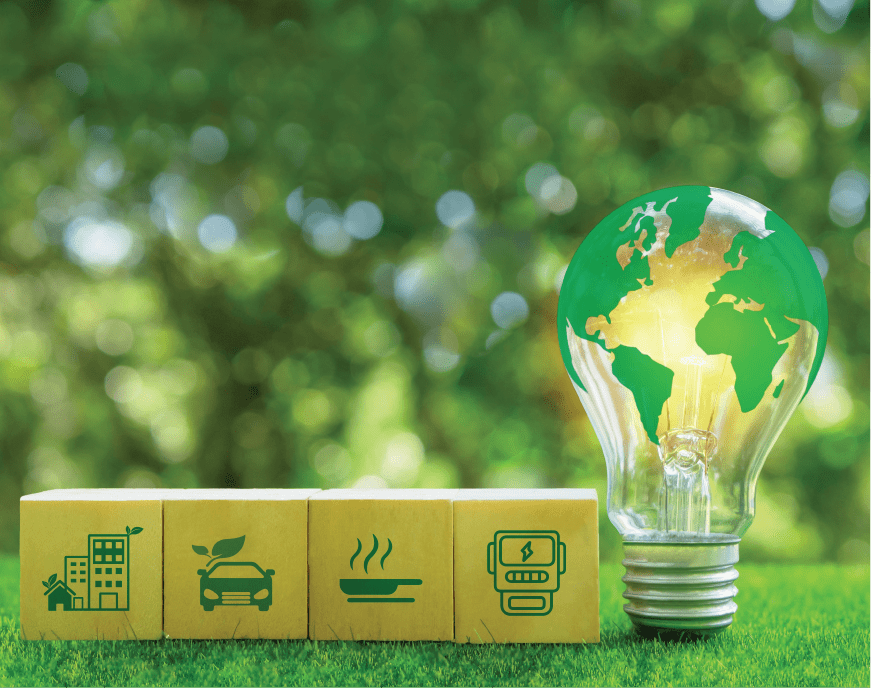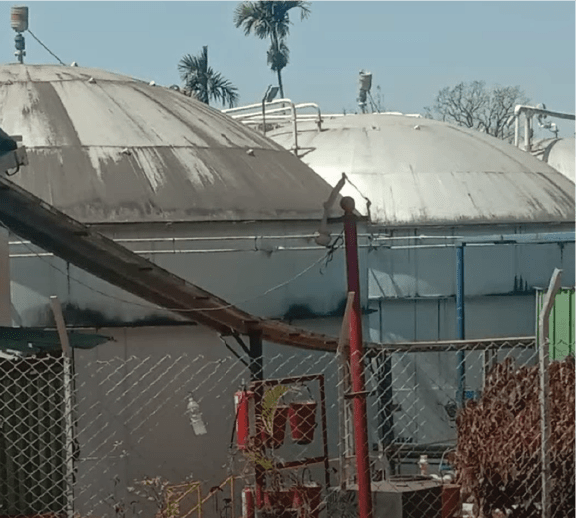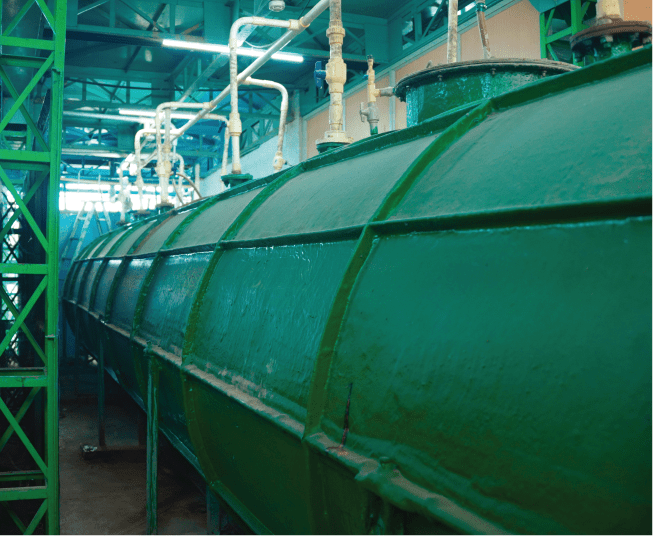Biothane®. the next-gen bioenergy solution.
- Biothane® helps to produce methane that’s 97% pure.
- It employs a distinctive proprietary technology known as the Microbe Incubated Bio Reactor (MIBR).
- Green energy leaders are spearheading carbon neutrality and turning biomass to wealth with Biothane®.
- Biothane® helps to produce methane that’s 97% pure.
- It employs a distinctive proprietary technology known as the Microbe Incubated Bio Reactor (MIBR).
- Green energy leaders are spearheading carbon neutrality and turning biomass to wealth with Biothane®.


